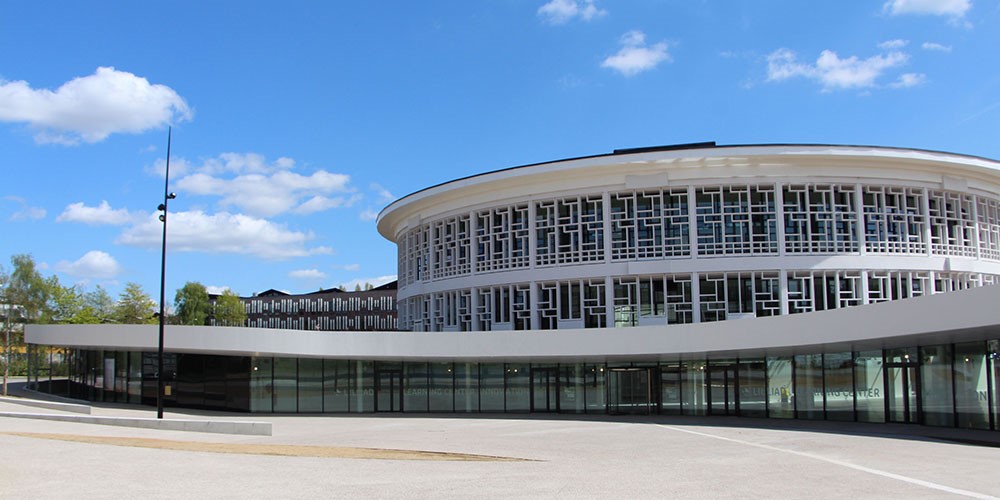Asymptotic Behavior of systems of PDE arising in physics and biology: theoretical and numerical points of view (ABPDE III)
→
Europe/Paris
LILLIAD Learning Center
LILLIAD Learning Center
Cité Scientifique, Villeneuve d'Ascq
, , , , ,
Description
Aim and scope
The main goals of this workshop are the theoretical study of asymptotic behaviors (in large time or with respect to some parameters) of problems arising in physics and biology and the development of asymptotic preserving numerical methods.
The third edition of this workshop features eleven plenary speakers. In addition, several contributed talks and a poster session will complete the program.

Program
At present time, 9 plenary speakers are confirmed :
- Piotr Biler (Uniwersytet Wrocławski - Poland)
- Martin Burger (University of Münster - Germany)
- José A. Carrillo (Imperial College London - United Kingdom)
- Christophe Chalons (Université de Versailles-Saint-Quentin - France)
- Catherine Choquet (Université de La Rochelle - France)
- Anaïs Crestetto (Université de Nantes - France)
- Anne-Laure Dalibard (Université Pierre et Marie Curie - France)
- Ulrik Skre Fjordholm (University of Oslo - Norway)
- Marie-Thérèse Wolfram (Warwick University - United Kingdom)
A provisional program is available here.
Registration
Registrations are now closed.
Contact
Participants
